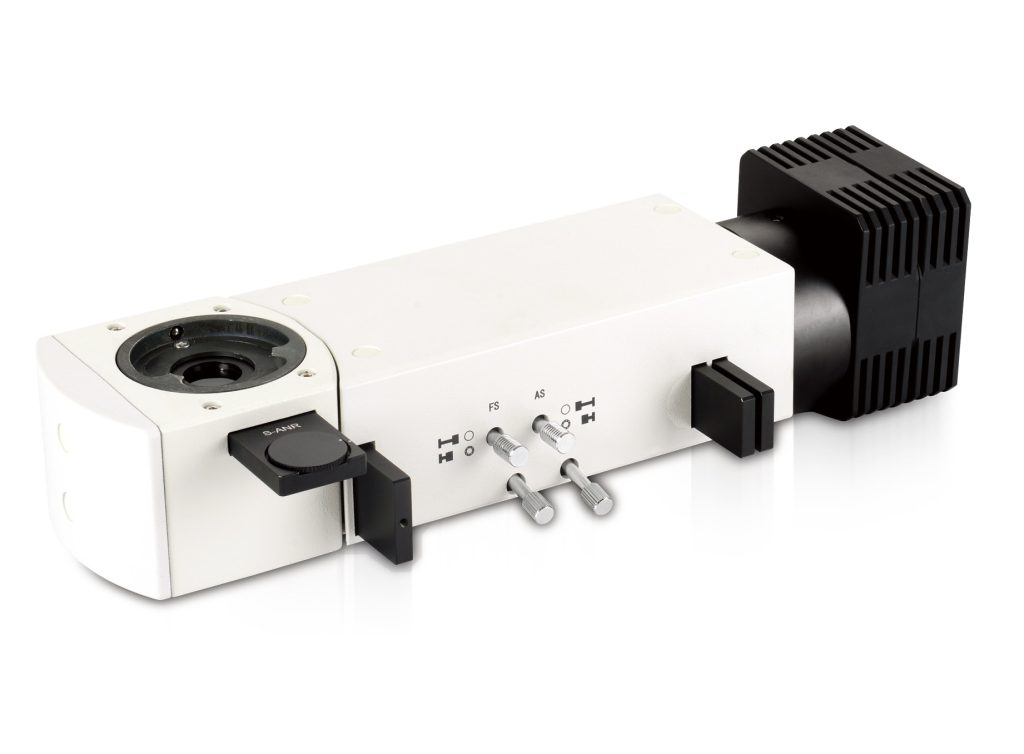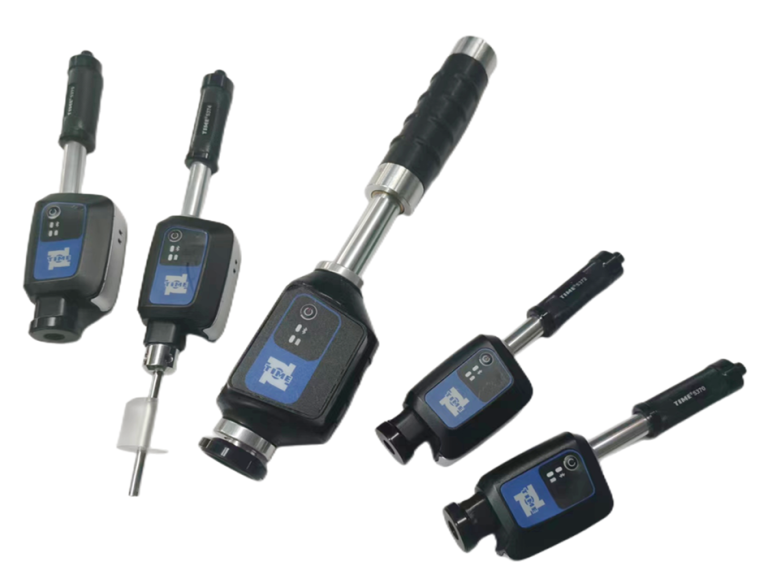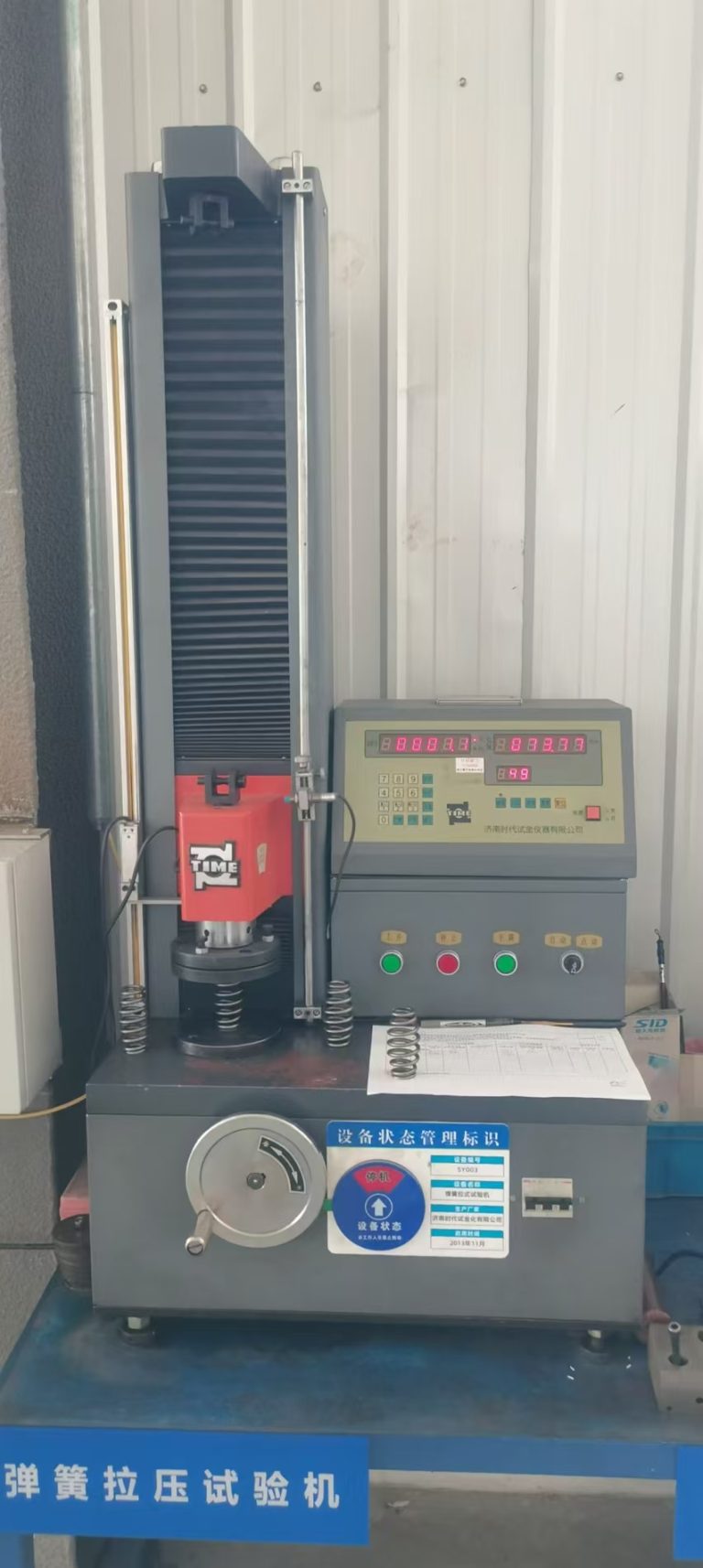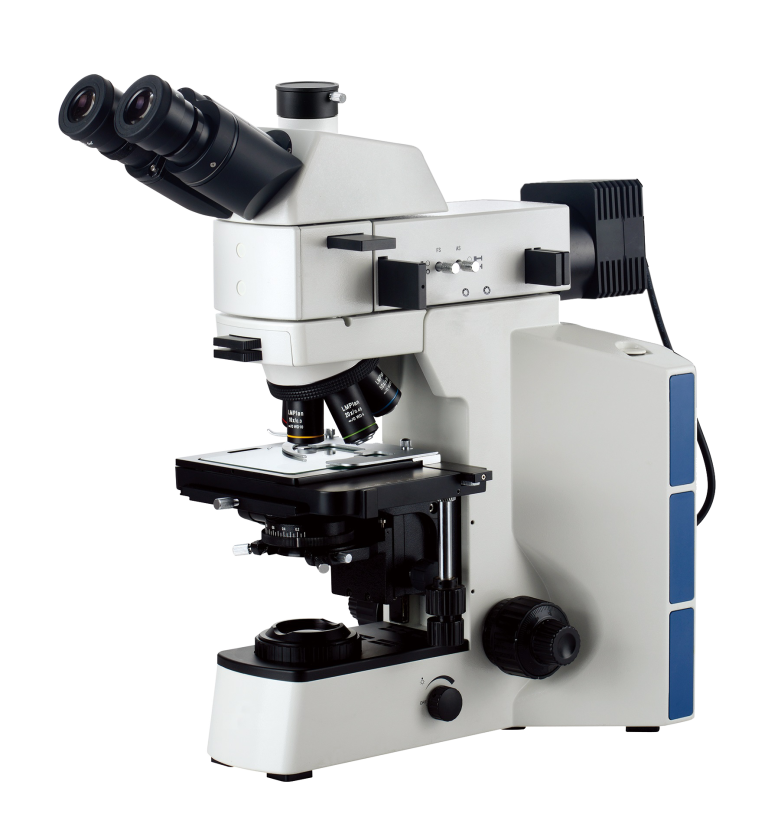A microscope is an optical instrument composed of one lens or a combination of several lenses. It is a symbol of mankind entering the atomic age. It is an instrument mainly used to magnify small objects and make them visible to the naked eye.

Things to note when using a microscope:
1. When holding the mirror, you must hold the arm with your right hand and the holder with your left hand. Do not pick it up with one hand to avoid parts falling off or hitting other places.
2. Handle it with care. Do not place the microscope on the edge of the experimental table. It should be placed 10cm away from the edge to avoid knocking it over and falling to the ground.
3. Keep the microscope clean. The optical and lighting parts can only be wiped with lens cleaning paper. Do not blow your hands or wipe with a cloth. Wipe the mechanical part with a cloth.
4. Do not let water drops, alcohol or other chemicals come into contact with the lens and stage. If contaminated, wipe it off immediately with lens cleaning paper.
5. When placing the slide specimen, align it with the center of the light hole, and do not place the slide upside down to prevent the slide from being crushed or the objective lens from being damaged.
6. Develop the habit of opening both eyes for observation at the same time. Use the left eye to observe the field of view and the right eye to draw.
7. Do not remove the eyepiece at will to prevent dust from falling into the objective lens, and do not disassemble various parts at will to prevent damage.
8. After use, it must be restored before it can be put back into the mirror box. The steps are: remove the specimen, turn the rotator to move the lens away from the light hole, lower the stage, lay the reflector flat, and lower the collector (but do not touch the reflector). lens), close the aperture, return the film pusher, cover it with silk cloth and outer cover, and put it back into the experimental bench cabinet.






